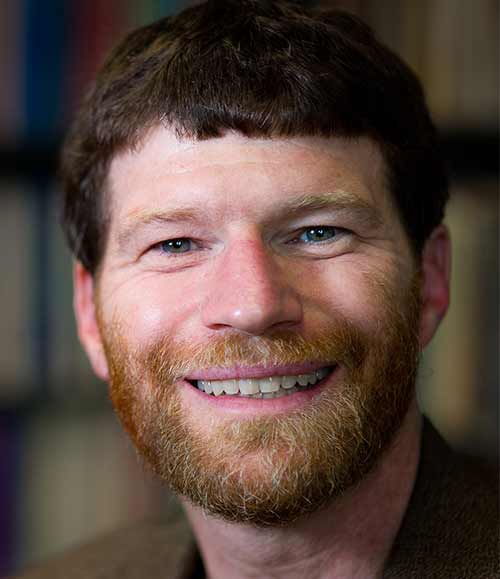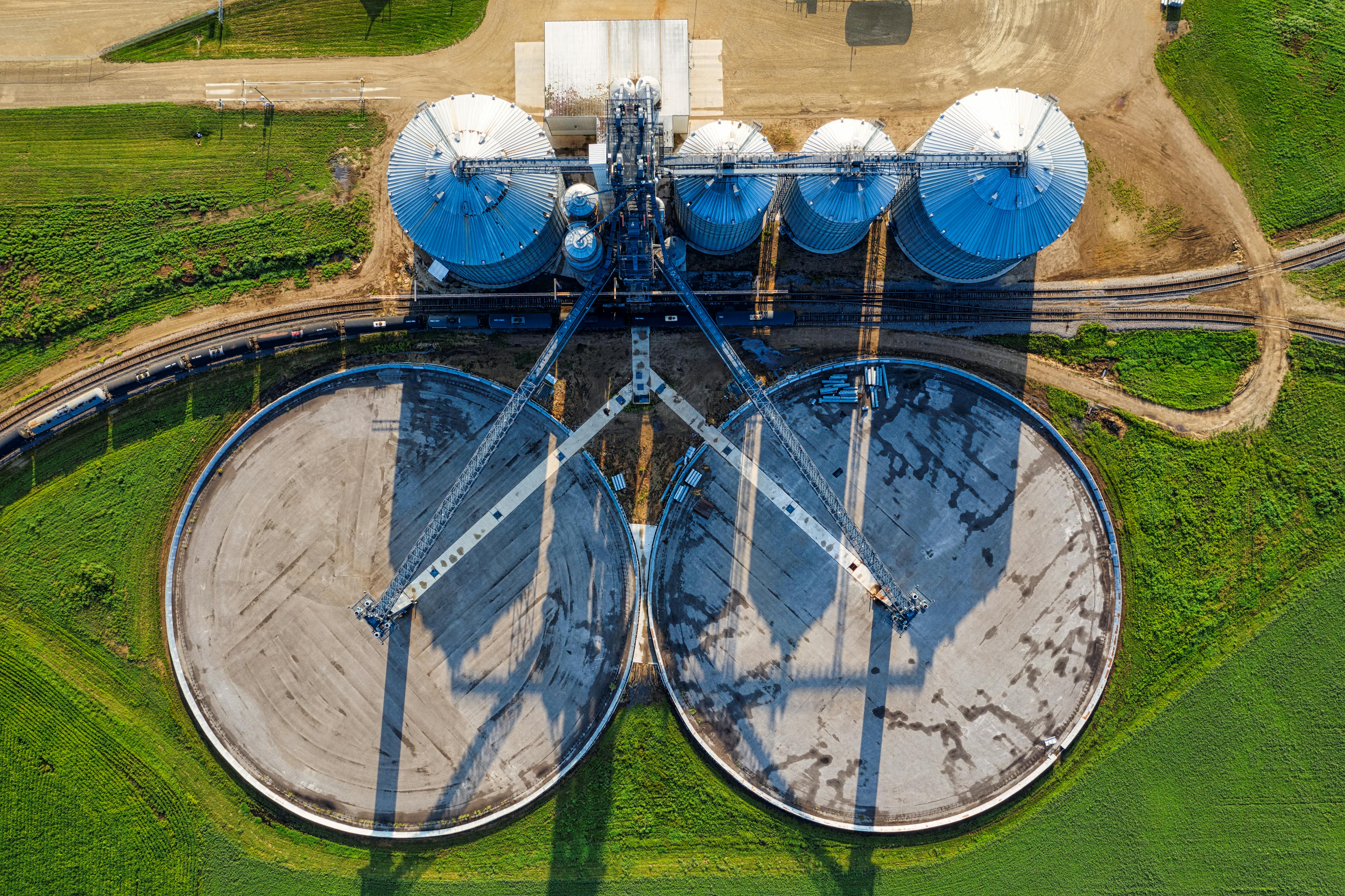MSU researcher examines relationship between water infrastructure, economic development in rural U.S. communities
September 4, 2024
EAST LANSING, Mich. — In 2019, Stephen Gasteyer, a Michigan State University associate professor in the Department of Sociology, led research on a report that was published detailing extensive findings into the accessibility of clean, sanitized water in the U.S.
Of the discoveries Gasteyer and his team found, one exposed the stark reality behind what part of the U.S. population experiences daily: More than 2 million people living in the U.S. lack sufficient access to running water, indoor plumbing or wastewater services.

The report, a collaboration between the U.S. Water Alliance, MSU and DigDeep — a nonprofit focused on bringing clean water and sanitation services to U.S. communities — gave further insight into the gap in U.S. water access, such as federal data falling short in accurately documenting water access across the country, race being the strongest predictor of water and sanitation access, and poverty remaining a critical barrier in securing water services.
Research also showed that inadequate water access affects entire communities, not just isolated individuals living in remote parts of the country.
“By doing community interviews, we learned these aren’t just people who’ve chosen to live off the grid,” Gasteyer said. “It’s a population that’s been systematically left out. They keep trying to get adequate water and sanitation services, but bump into issues around it.”
To continue exploring the barriers blocking communities from gaining reliable access to water, as well as shape potential resources to assist in securing access in the future, Gasteyer applied for and received a $500,000 grant in 2022 from the U.S. Department of Agriculture’s National Institute of Food and Agriculture (USDA NIFA).
The research project, which is funded through 2025, examines the relationship between water infrastructure and economic development in rural U.S. communities.
Gasteyer, who holds a joint appointment with MSU AgBioResearch, said the objectives of this research are to analyze through data and case studies how investing in water infrastructure has historically influenced economic development in rural U.S. communities, as well as use the information gathered to provide recommendations for how to improve infrastructure while simultaneously promoting economic growth.
“One of the things I discovered in my previous research was that there’s been international work done that documents a benefit to communities when water and wastewater infrastructure is put in, but it’s actually just been presumed in the U.S. that this is a good return on investment,” Gasteyer said. “We have almost no documentation on what the return is, as well as the extent to which it does make sense to put water and sanitation infrastructure into a given community.
“Yes, it’s probably a good thing to have better water and sanitation infrastructure in a community. But what kind of social and economic differences does it make, and are those differences contingent on social factors as opposed to just being taken for granted as good?”
Also on the project is Tom Mueller, an assistant professor of population health at the University of Kansas Medical Center. Together, he and Gasteyer are working with the Rural Community Assistance Partnership (RCAP) — a consortium of nonprofits providing technical assistance to rural U.S. communities — to merge the organization’s data with existing data and conduct case studies in communities across the country, gathering a more complete picture into how water systems are linked to economic development.
Initial findings from the project were published in 2023 in the journal Nature Water. Gasteyer said he found from the data that there’s always a positive return on investment when installing or restoring water infrastructure, but the degree to which communities benefit from the input is influenced by social factors such as race and class.
“In about eight years after adding the infrastructure, there tends to be a positive return on investment, but the return’s magnitude varies across communities,” Gasteyer said.
Gasteyer said research shows that Native American, Latino and Black communities have oftentimes benefited less from an infusion of infrastructure due to a lack of community assets available to support it.
Moreover, an investment’s return has also shown to be impacted by a community’s socioeconomic status. Gasteyer said banks might not invest funds into new businesses in low-income communities receiving water infrastructure, noting that many communities still experience the effects of discriminatory practices banks operated by in the past — and may even face discrimination when seeking assistance from them today.

“This means the return on investment from putting in a wastewater treatment plant, for example, is much lower because these communities didn’t have access to the capital needed to start other businesses that lead to a significant gross receipts return on investment from putting in the infrastructure in the first place,” Gasteyer said.
In addition to race and class, Gasteyer said the location of a community is also a determinant for how economically impactful an insertion or enhancement of water infrastructure will be. For example, the return on investment has shown to be greater in communities that are more proximate to urban areas with higher densities of people.
“That isn’t too surprising but important to have documented,” Gasteyer said.
The next step in the project is to conduct field research in rural communities across the U.S. that’ve undergone major water initiatives, a process Gasteyer said will help lead to a better understanding of how to successfully incorporate infrastructure into communities and what the return on investment has looked like.
Gasteyer said as he and his team continue identifying barriers blocking rural communities from accessing the framework needed to implement clean, safe and reliable water services, they’ll be able to guide — if not, create — toolkits communities can use to pinpoint resources that will help them overcome those barriers.
For example, before securing the infrastructure, some communities struggle to acquire the proper capacity-based demands needed to start the initial groundwork — such as attorneys who ensure the rights of way for piping and installation and contracting engineers who perform preliminary studies of the area.
“We’re really trying to think about how we can help communities build their capacity so they can respond over time and do the work that’s going to be necessary to maintain constant upkeep of water and sanitation,” Gasteyer said.
This article first appeared on the Michigan State University AgBioResearch website at agbioresearch.msu.edu.

